How buckwheat grows - our favorite cereal
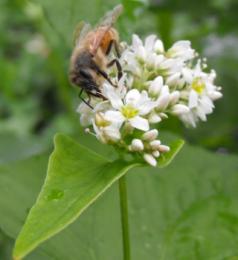
Buckwheat belongs to the buckwheat family. The family has several species. In the European part of the mainland, only 2 species are common: cultivated buckwheat and Tatarian buckwheat. Cultivated buckwheat is cultivated in industrial production, while Tatarian buckwheat is a weed. The weed has low growth, dense branching, wide petiolate leaves and small yellow-green flowers that are odorless.
Content:
- Physiological characteristics of the plant
- Temperature conditions when growing buckwheat
- Selecting land for planting buckwheat
- Application of mineral fertilizers for buckwheat crops
- Features of growing buckwheat
Physiological characteristics of the plant
Cultivated buckwheat has an erect, slightly colored stem. When fully ripe, the stems of the plant acquire an intense red color. The core leaves are triangular in shape and partially green in color. The leaves are not pubescent, the lower ones are petiolate, and the upper ones are sessile.
The plant has a tap root system up to 50 cm long. A characteristic feature is that the weight of the root system is only 10% of the total weight of the plant.
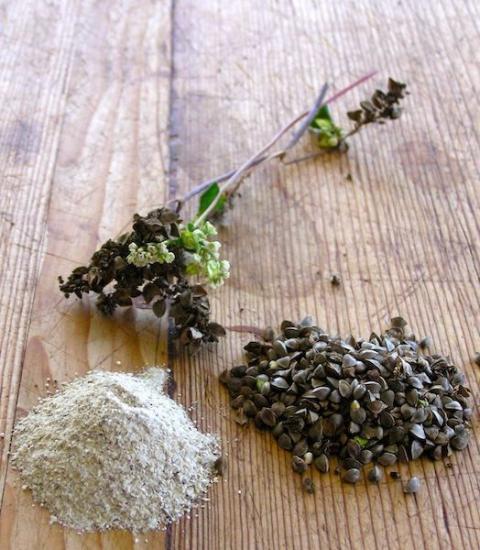
The flowers are five-petaled, in various pink shades. The inflorescence is collected in a brush. There are from 600 to 2000 bisexual flowers in one inflorescence. Buckwheat flowering under favorable weather conditions can last up to 2 months. Plant remontant. On one plant you can observe all phases of development and formation - from buds to fruits at various stages of ripening.The plant has pronounced sexual dimorphism.
Buckwheat is a cereal crop grown by many farms. Buckwheat groats are in great demand among the population. Special agricultural technology is used to cultivate and harvest it.
Temperature conditions when growing buckwheat
Buckwheat crop is very sensitive to temperature indicators. Large changes in air temperature have a detrimental effect on it. For seeds to germinate, the soil layer must be well heated, and the temperature must be at least +8C. The growing season enters the active phase at +15C. Frosts are dangerous, so buckwheat is sown at stable positive temperatures.
The optimal flowering temperature is +25C. Higher temperatures lead to poor pollination and death of ovaries.
Selecting land for planting buckwheat
Large and high-quality buckwheat harvests are obtained in well-lit areas adjacent to forested areas. It is these lands that have light, aerated soils, and the forest protects the crops from strong winds. The proximity of water bodies also plays a positive role in obtaining high-quality and abundant harvests.
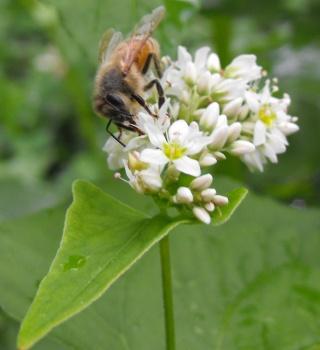
As a rule, hives are installed around the perimeter of a buckwheat field. Buckwheat – magnificent honey plant, and buckwheat honey has special qualities. Bee colonies are able to increase the buckwheat yield by up to 50, sometimes up to 60 percent. To collect honey, beekeepers simply need to know how buckwheat grows.
Application of mineral fertilizers for buckwheat crops
Mineral fertilizers are applied to buckwheat crops throughout the growing season. Buckwheat is especially responsive to potash fertilizers.
Nitrogen and phosphorus, which ensure high crop yields, are applied to crops only at the time of flowering in a 1:1 ratio. Nitrogen fertilizers are applied carefully and accurately calculated so as not to lead to a sharp increase in the vegetative mass of the plant.
Buckwheat is endowed with a large vegetative mass, unlike other cereal crops. A distinctive property of the plant is its growth. Buckwheat grows constantly - from the beginning of the development of flowers to the full ripening of the grain. Growing a high yield of buckwheat is considered the highest art by agronomists.
Features of growing buckwheat
Under favorable weather conditions, buckwheat sprouts 6-7 days after sowing. Over the next week, the first true leaf is formed, and over another 12 days, the second one. During the same period, the formation of branches with an apical bud - buds - begins in the axils of the leaves. Flowering in early ripening varieties occurs three weeks after seedlings appear. For late-ripening varieties - after a month.
The duration of flowering for one flower is a day, and the entire cluster continues to flower for almost two months. The flowering period is very extended, as is the period of fruit formation. The maturation process occurs in the direction from bottom to top. As a result, the grains located on the lower tier are the most filled.
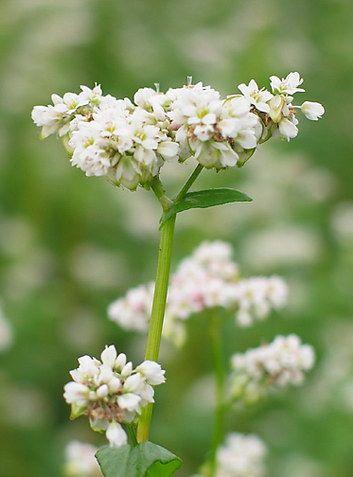
In conclusion, we can conclude that all the products that buckwheat culture gives us are unique gifts of nature.
Buckwheat contains lysine, the most important amino acid for building protein bodies.The lysine content in buckwheat is many times higher than any other cereal, which significantly brings the consumption of buckwheat closer to the consumption of animal protein. Buckwheat contains a rich complex of B vitamins (B1, B2, B6), P, PP, E and macroelements of the blood-forming complex (iron, cobalt, nickel, copper, manganese, chromium).
Buckwheat is an excellent honey plant. Buckwheat honey has special healing and disinfecting properties.
In its green form, the plant is used almost completely. Infusions are made from the leaves and flowers. Waste grain and straw are used as feed for domestic animals and birds.
When straw is burned, particularly valuable ash is obtained, containing large amounts of potash and potassium, which is an excellent soil fertilizer.

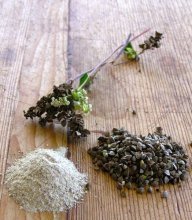
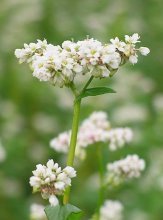
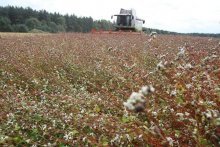
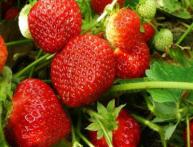
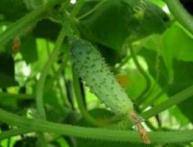
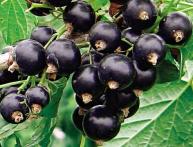
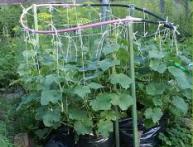
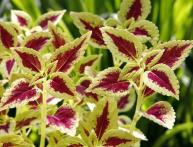
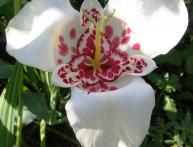
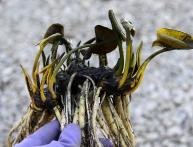
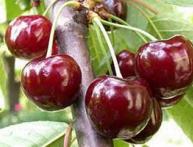
Comments
WHY DOESN'T BUCKWHEAT PRODUCE NECTAR?
Buckwheat, this is our everything! My grandmother told me that when my grandfather returned from the war, he couldn’t stand any porridge except buckwheat. I ate too much during the war, and only liked buckwheat. And when you drive past a blooming buckwheat field, I open the car window and enjoy the heady honey smell. The honey plant is magnificent, that's true! They say that a beekeeper used to be friends with a peasant growing buckwheat. The bees pollinated and collected sweet honey!
I remember this plant from childhood. My grandfather was a beekeeper and every year he sowed a small plot of land in our garden with buckwheat for his bees. I will say that it blooms very beautifully.